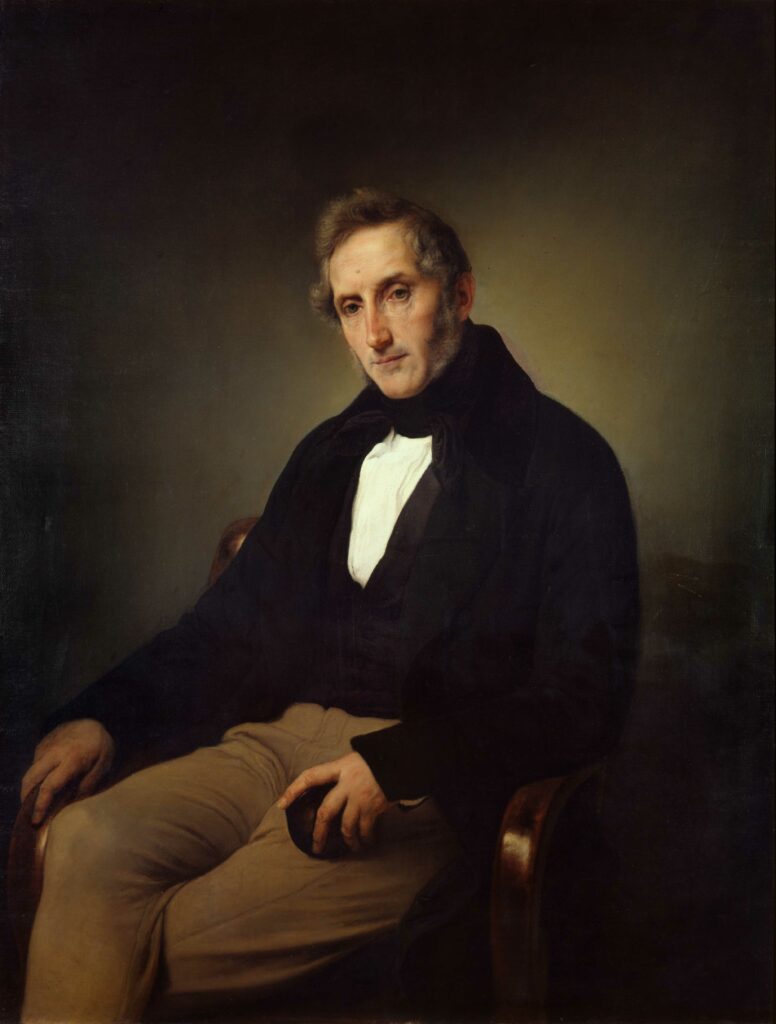
The 19th century in Italy was a period of dramatic transformation. The unification of the country in 1861 ignited a cultural explosion, with literature flourishing as a reflection of the social, political, and philosophical movements of the time. This article explores the rich tapestry of Italian writers who emerged during this dynamic era, weaving together diverse voices and lasting contributions.Romanticism and the Spirit of Nationalism:
- Vittorio Alfieri (1749-1803): A forerunner of Romanticism, Alfieri’s fiery tragedies like “Saul” and “Oreste” tackled themes of tyranny, rebellion, and individual liberty, inspiring the fight for Italian independence.
- Vincenzo Monti (1754-1828): Shifting between neoclassicism and Romanticism, Monti’s poems like “Bassvilliana” mirrored the complexities of the era, initially praising Napoleon and then condemning him after his betrayal of Italian ideals.
- Alessandro Manzoni (1785-1873): A towering figure, Manzoni’s works transcended genre. His epic poem “I Promessi Sposi” (The Betrothed) is considered a cornerstone of Italian literature, interweaving a love story with historical events and promoting themes of faith, resilience, and social justice. Manzoni’s historical novel “I Promessi Sposi” not only captured the essence of the Italian language but also offered a poignant social commentary through its characters’ struggles. Additionally, his tragedies like “Adelchi” explored historical themes and moral dilemmas through dramatic dialogue.
- Silvio Pellico (1789-1854): A key figure of the Risorgimento, Pellico’s autobiographical novel “Le mie prigioni” (My Prisons) recounted his harsh imprisonment for political activism. It became a powerful symbol of the struggle for freedom.
- Ugo Foscolo (1776-1827): A poet of immense emotional power, Foscolo’s works like “Le ultime lettere di Jacopo Ortis” (The Last Letters of Jacopo Ortis) explored themes of exile, disillusionment, and the individual against a backdrop of political turmoil.
Realism and Social Commentary:
- Giosuè Carducci (1835-1906): Shifting away from Romanticism, Carducci championed realism and social critique. His poems, like “Odi barbare” (Barbaric Odes), celebrated classical forms while tackling contemporary issues. Carducci became the first Italian to win the Nobel Prize in Literature in 1906.
- Matilde Serao (1857-1927): A prominent female voice, Serao’s novels like “Ventre di Napoli” (The Belly of Naples) exposed the harsh realities of life in Naples. Her work offered a gritty portrayal of poverty, crime, and social injustice, paving the way for a more socially conscious Italian literature.
- Carlo Collodi (1826-1890): Though best known for his children’s classic “Pinocchio,” Collodi was also a journalist and satirical writer. His early works, filled with political commentary and social critique, laid the groundwork for his later foray into children’s literature.
Verismo and The Southern Experience:
- Luigi Capuana (1839-1915): A leading figure of Verismo (realism), Capuana’s novels like “Giacinta” explored the psychological complexities of characters trapped in their social circumstances. He also delved into the realm of fantasy and supernatural elements.
- Giovanni Verga (1840-1922): Considered the father of Verismo, Verga aimed to portray the harsh realities of rural life, particularly in southern Italy. His masterpiece, “I Malavoglia” (The House by the Medlar Tree), depicts the struggles of a Sicilian fishing family with stark honesty and a focus on regional dialect.
- Federico De Roberto (1861-1927): De Roberto’s masterpiece, “I Vicerè” (The Viceroys), offered a scathing social critique of the newly formed Italian government through the story of a powerful Sicilian family.
- Grazia Deledda (1871-1936): Another prominent voice from Sardinia, Deledda explored themes of tradition, isolation, and the complexities of rural life. Her novel “Canne al vento” (Reeds in the Wind) earned her the Nobel Prize in Literature in 1926, solidifying the importance of regional narratives in Italian literature.
Beyond the Canon:
The 19th century also saw a rise in women writers and playwrights, though their contributions were often overshadowed by their male counterparts. Highlighting a few:
- Neera (pseudonym of Anna Radius Zuccarini, 1846-1918): Renowned for her psychological novels focusing on female characters, Neera’s works like “Lydia” challenged social norms and explored the complexities of women’s inner lives.
- Vittoria Aganoor (1855-1910): A champion of women’s rights, Aganoor’s poems and essays like “Daniele Manin” addressed themes of social justice and political activism, paving the way for a more feminist voice in Italian literature.
Playwrights and Theater:
- Gioachino Rossini (1792-1868): While not strictly a literary figure, Rossini’s operas, like “The Barber of Seville” and “William Tell,” incorporated elements of social and political commentary within their musical narratives.
Conclusion:
The 19th century in Italian literature was a period of immense creativity and exploration. Writers grappled with the challenges of a nation in flux, celebrating its past while confronting the realities of the present. From the fiery calls for national unification to the stark portrayals of social injustice, and from the psychological complexities of individual characters to the lyrical beauty of nature, their works offer a window into the soul of Italy during this transformative era. This rich literary heritage continues to inspire readers and writers across the globe.
Further Exploration:
This article provides a taste of the vast and vibrant landscape of Italian 19th-century literature. If you’d like to delve deeper into specific authors, movements, or regional narratives, feel free to explore further. Many resources are available online and in libraries, waiting to unlock a world of literary treasures.













